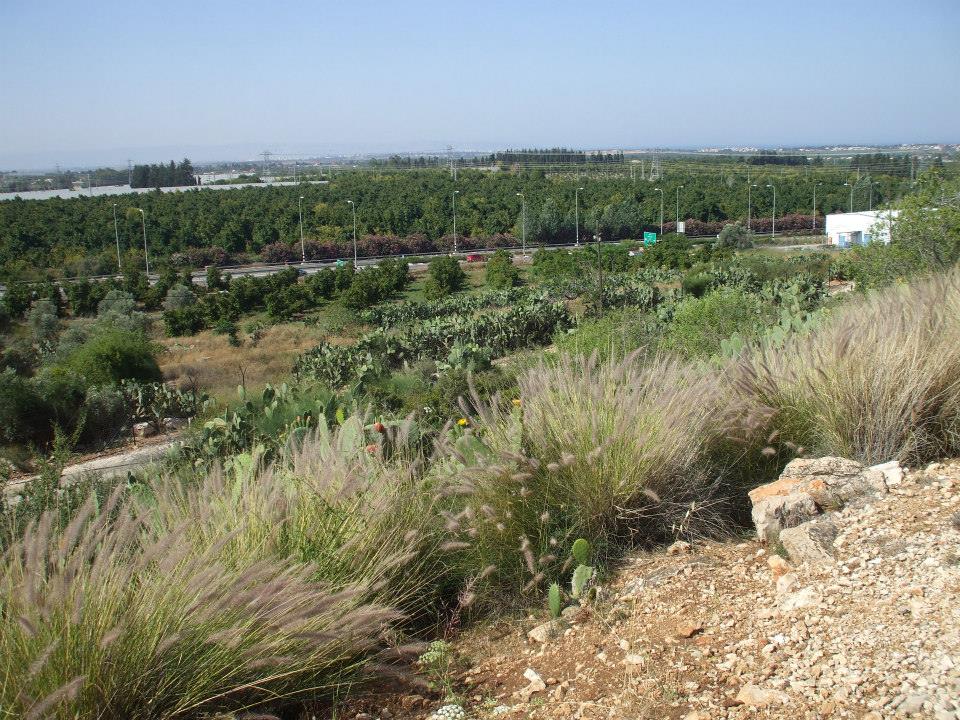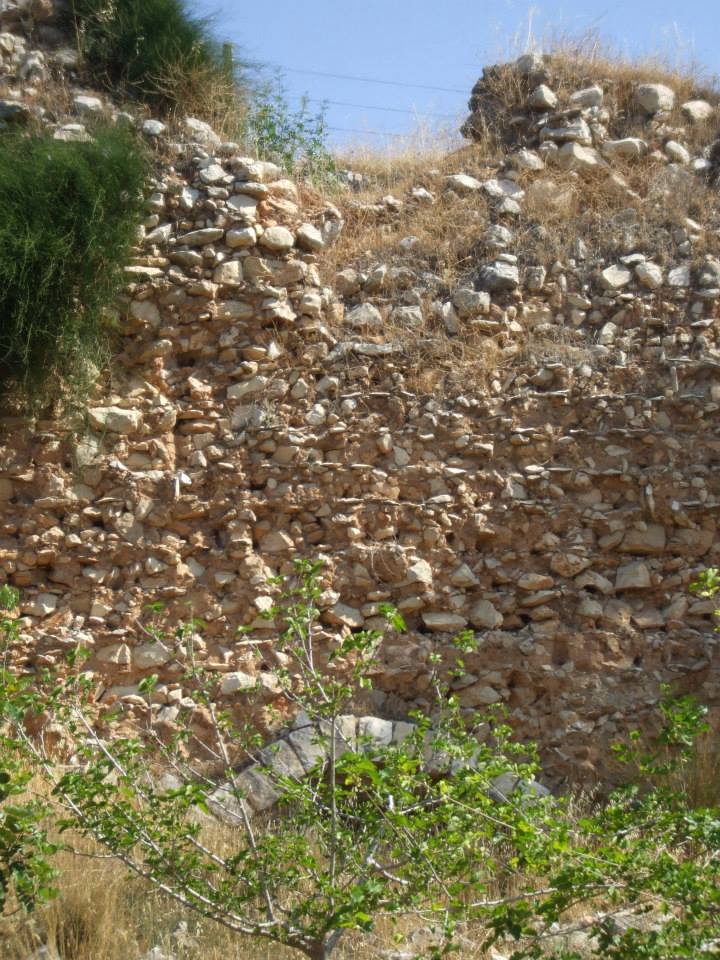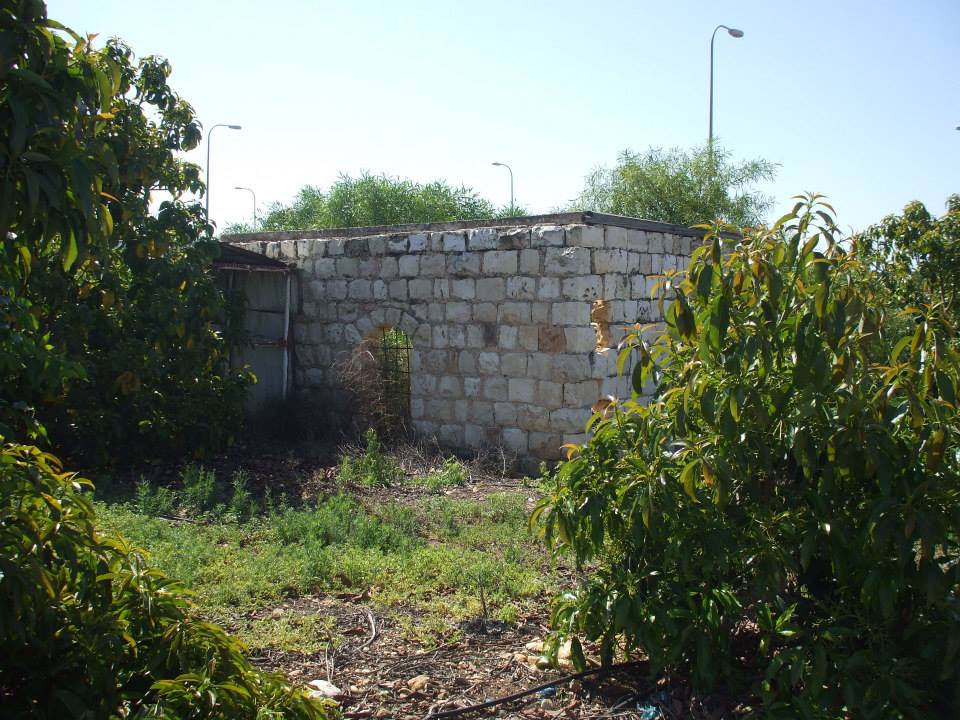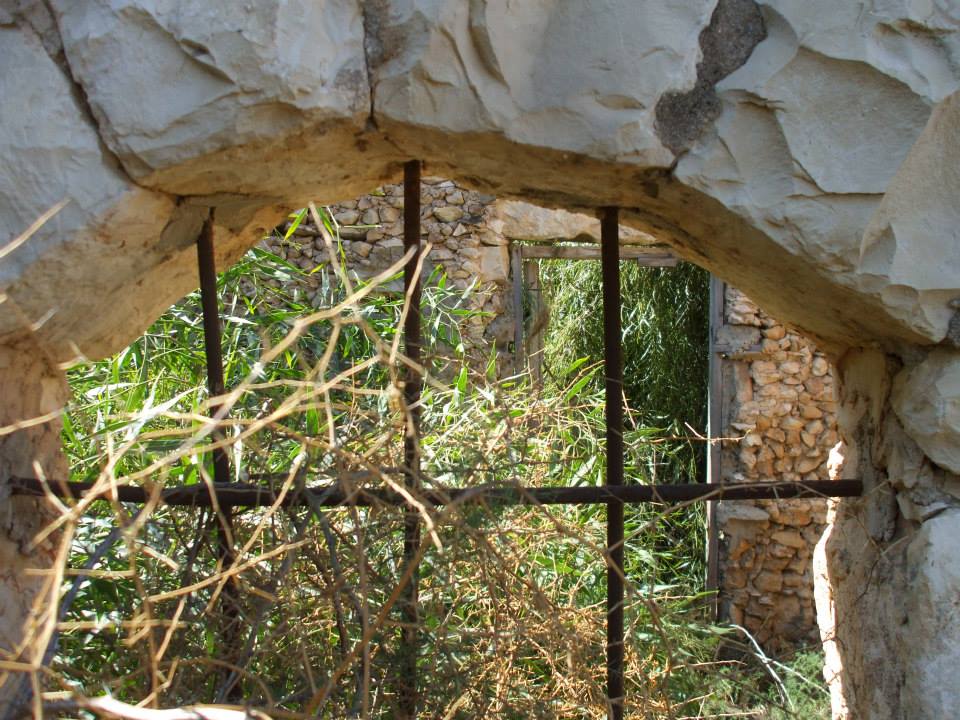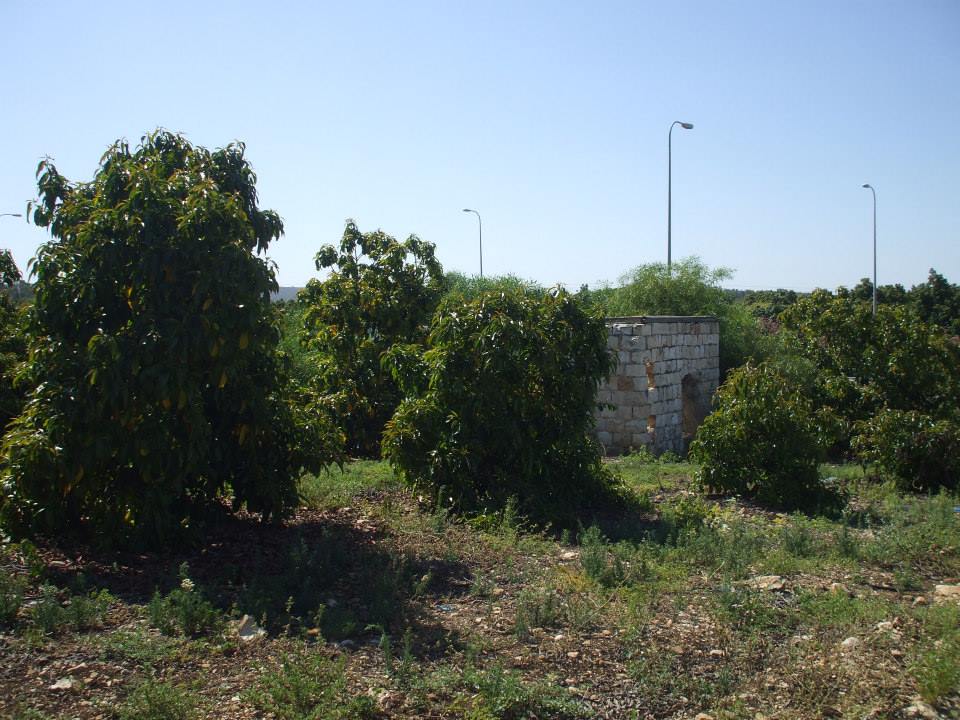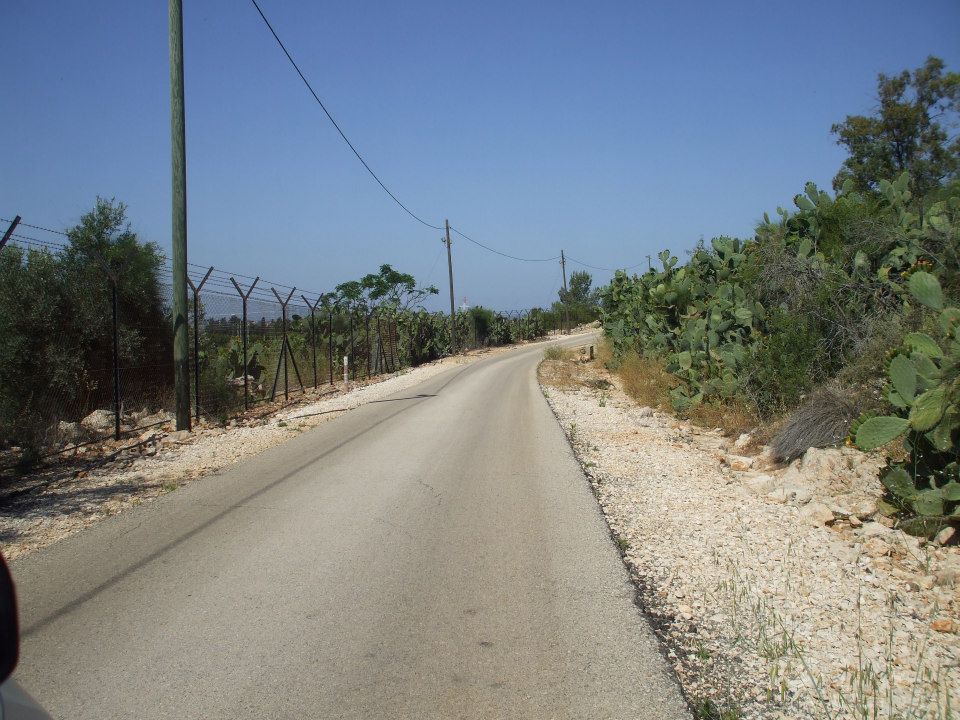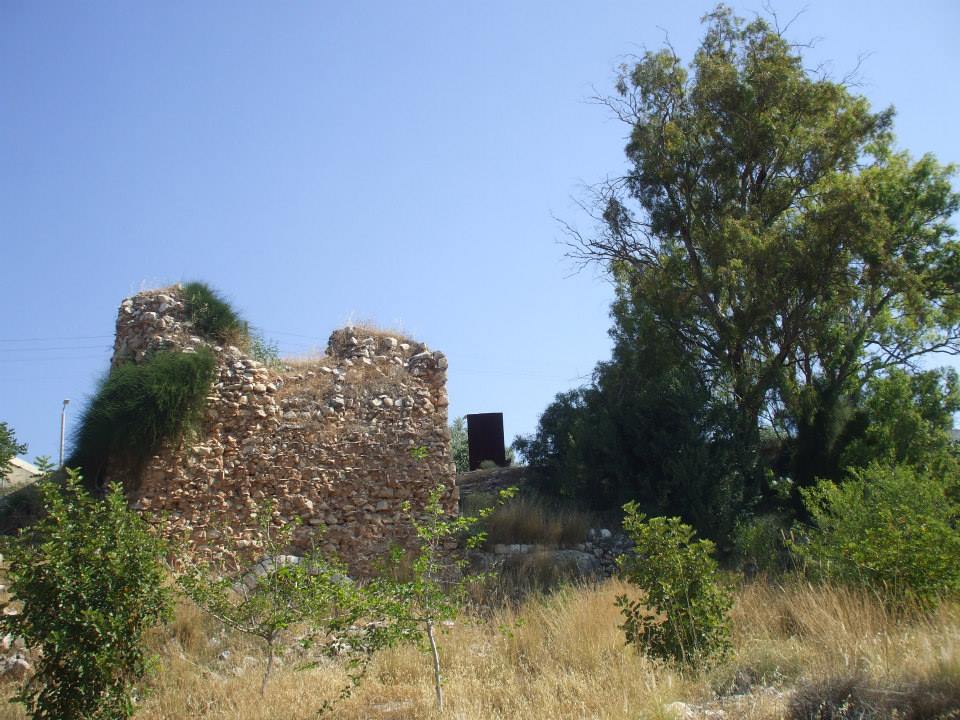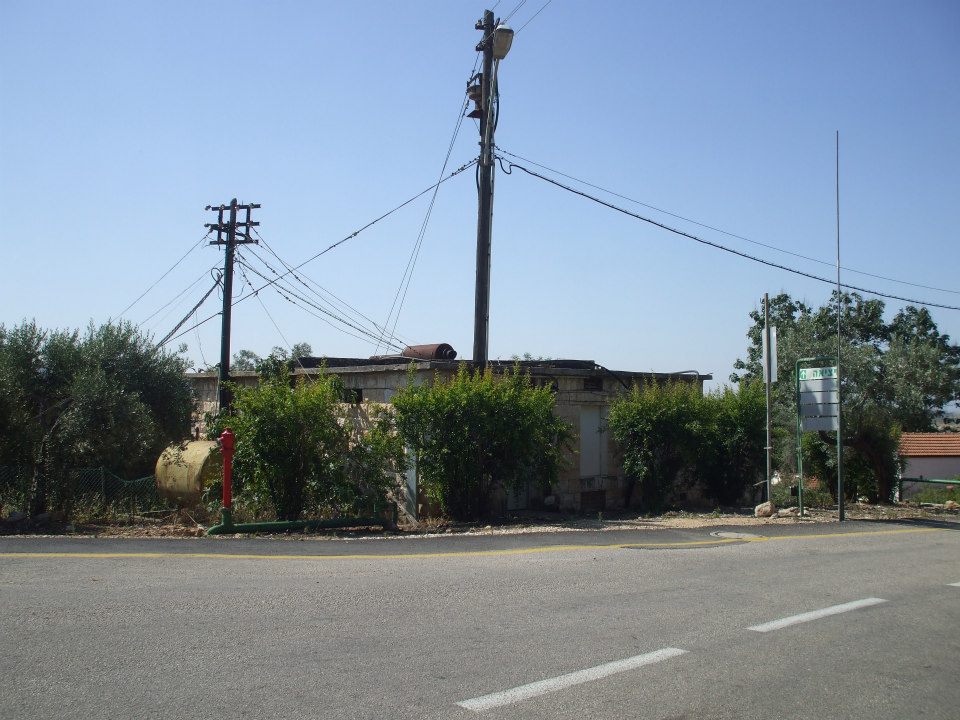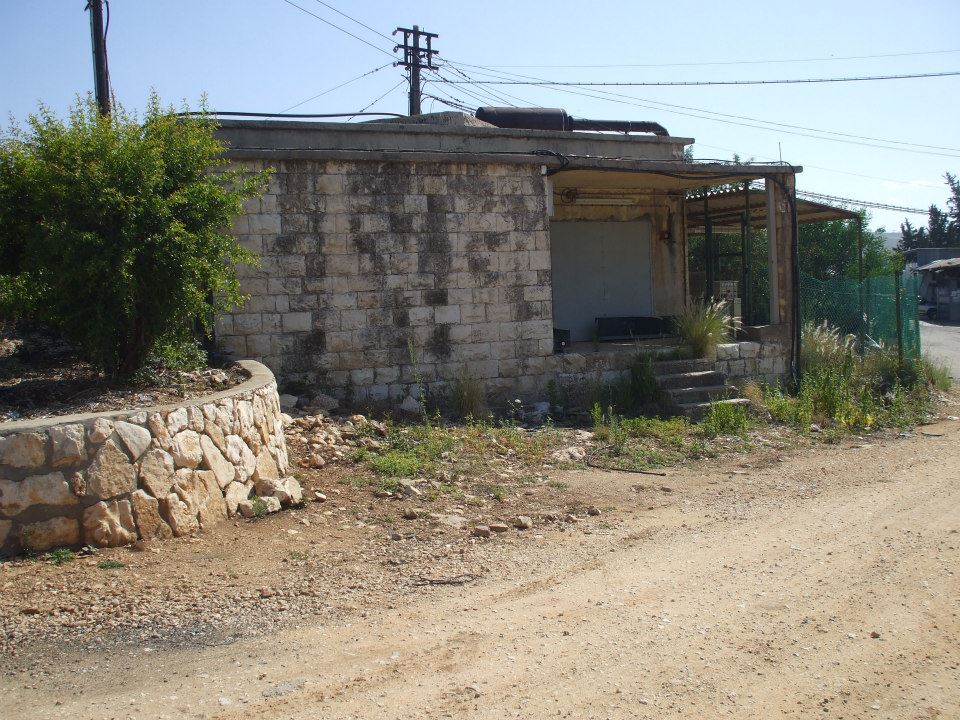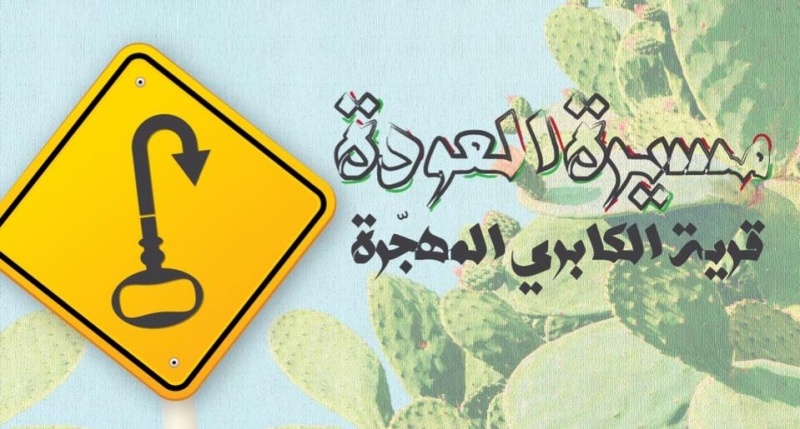Info
District: Akka (Acre)
Population 1948: 1770
Occupation date: 21/05/1948
Occupying unit: Carmeli brigade
Jewish settlements on village/town land before 1948: None
Jewish settlements on village/town land after 1948: Kibbutz Kabri
Background:
The village was situated in the area where the western slopes of the Galilee Mountains met the plain of Acre, whiwh was locataed 12.5 km to the northeast. A highway linked it to the settlement of Nahariyya (to the west), which was itself on the coastal highway that led south to Acre.
The village was occupied on the night of 20-21 May, as part of the second stage of Operation Ben-Ami. The History of the War of Independence states, probably mistakenly, that it fell later, in mid-July, during Operation Dekel. Morris writes that most villagers had already fled before its occupation, following a "Haganah retaliatory action, in which a number of villagers were killed." He does not mention when this took place or how many csualties were left by the "retaliatory action." The village apparently was regarded as a center of "anti-Yishuv forces".
When interviewed by Palestinian historian Nafez Nazzl in the 1970's, villagers confirmed that the war had reached al-Kabri before the final May attack. They recalled a raid on 1 February 1948, when a small Zionist unit had attempted to blow up the house of a village leader allied with the Mufti of Jerusalem. After that hit-and-run attack, villagers often tried to block Jewish traffic on the main highway to the north. On 28 March, the villagers ambushed three armored cars and an accompanying military convoy, an action in which the local Arab Liberation Army (ALA) unit initially refused to participate. As the battle progressed and the villagers gained the upper hand, the ALA joined in; seventy-four Haganah soliders were killed in the battle, according to the villagers. A New York Times report corroborated the clash, putting the number of casualties at forty-nine Jews and six Arabs killed, and added that the Jewish convoy had consisted of five trucks and an armored car. This triggered a British bombardment of al-Kabri. Later, during the final attack on the village, an undisclosed number of villagers were taken captive and some were killed, according to the villagers' testimony. Others were killed during their dispersal in Galilee when Zionist forces found out that they were from al-Kabri.
On 18 January1949, a kibbutz was inaugurated in place of the destroyed village and names Kibbutz Kabri, according to records consulted by Morris. It was established in the northwest part of the village site. The settlement of Ga'ton, built in 1948, Me'ona, built in 1949, 'En Ya'aqov, built in 1950, and Ma'alot, built in 1957, are today all to the east of the site on lands that belonged either to al-Kabri or to the village of Tarshiha, some 10 km east of al-Kabri. Because the last mandate-ear map of village landholdings amalgamtes the lands of al-Kabri and Tarshiha, it is impossible to dtermine whether it is al-Kabri's land or the land of Tarshiha which has now been ocucpied by the latter four settlements. The newest settlement on al-Kabri's lands is Kefar Vadim, built in 1984.
All that remains of the village are crumbled walls and stone rubble, overgrown with thorns, weeds, and bushes. The settlement of Kabri uses the land adjacent to the site for agriculture and as a pasture.


